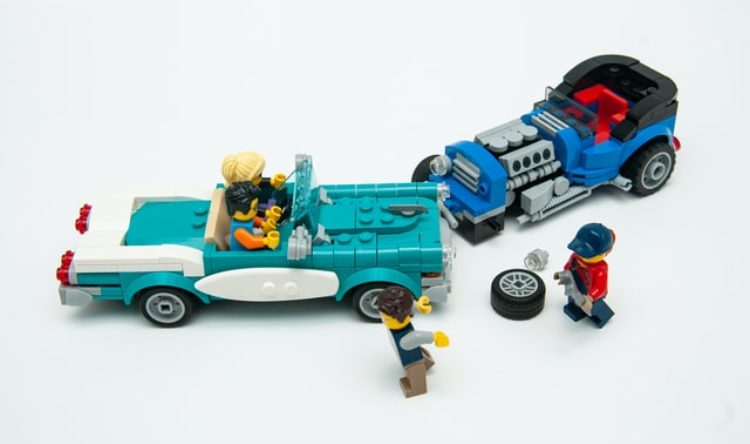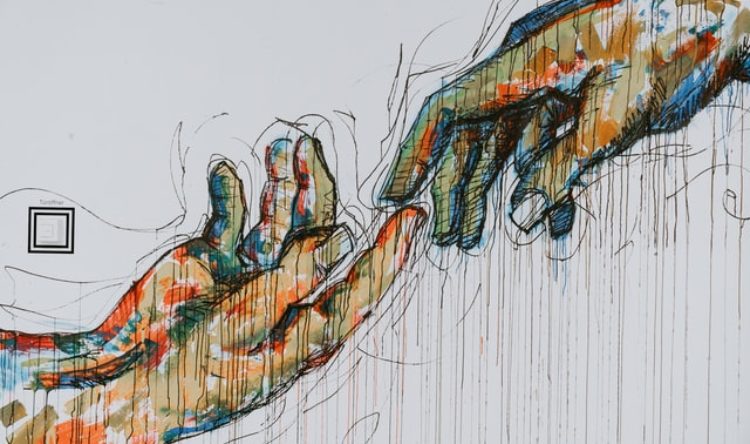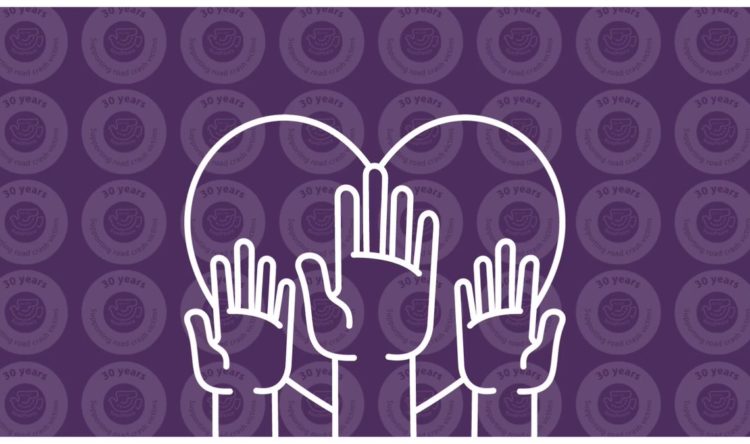‘Sleep suit’ safety aid demonstrates the dangers of driving while tired
As the Christmas party season begins in earnest the conversation around driving while drunk is going to crop up for a lot of us as we all pick our designated drivers or figure out who will be paying for the taxi home
For the most part, you’ll struggle to find anyone who’d consider getting behind the wheel after a few drinks these days. The campaign to educate people and eradicate drunk driving has largely been a success. The most recent statistics from the Department for Transport show that there were 6,070 accidents related to drink-driving in 2016, down from 19,470 when records began in 1979.
But there’s another killer on the roads and it’s altogether more difficult to see and manage than alcohol: fatigue.
According to data from the European Commission, fatigue is a major factor in 10-25pc of road accidents. Meanwhile, research from the Sleep Foundation suggests that driving with six hours sleep or less can impair driving ability to the same degree as exceeding the drink-drive limit in many countries.
The trouble, of course, is that it can be difficult to judge just how tired you are when you get behind the wheel. Most of us can immediately tell when we’re still under the influence of alcohol, but being tired and feeling tired aren’t the same thing.
That makes it easy to underestimate just how much of an effect driving while tired can have on you. As a means of educating people on these dangers, Ford has commissioned the creation of a special ‘sleep suit’ designed to simulate the way fatigue can affect drivers. The plan is to integrate the suit into the company’s Driving Skills For Life free training programmes for 17- to 24-year-olds.
Trying the suit was an eye-opening experience for me, as someone who frequently drives late in the evenings. The main component of the suit is a series of weights which fit around the torso, left arm and ankle, along with a weighted headpiece.
Altogether this lot weighs 18kg, heavy enough to impair movement significantly. Even walking around the room I felt sluggish and slow. I’m confident that had there been a fire tearing through the building where I was trying the suit, I would not be around to write this.
When the person showing me the suit left the room to fetch something, I performed a little experiment of my own, tossing a pen from my unweighted hand up into the air to catch with the weighted one. I missed rather spectacularly – you don’t realise how slow you move when you’re weighted down. Presumably the same applies while tired.
But the piece de resistance of the suit is the goggles. These resemble cycling goggles but the twist is that they switch off at random, as dictated by an accompanying app. This is to imitate microsleeping, a phenomenon which occurs when you’re intensely fatigued. Microsleeps are exactly what they sound like; your body switches off and goes to sleep for up to 10 seconds before you wake up with no recollection of ever having been asleep.
You don’t need me to remind you that 10 seconds is plenty of time to drive through a red light or hit a pedestrian at a zebra crossing.
The goggles darken at random to imitate microsleeping, which occurs when you’re intensely fatigued and nod off for 10 seconds or so without realising
My initial impression was that trying the goggles might be almost like playing Mario Kart after someone has used the squid power up to cover the screen with ink – annoying but easy enough to get around.
It wasn’t. Losing the ability to see for seconds at a time is completely debilitating. Even on a simple walk around the room I was either paralysed or constantly bumping into things.
The goggles aren’t the same as closing your eyes or even wearing a blindfold. I had no idea when or for how long my vision would cut out, making it impossible to prepare myself. Sometimes it’d be just a second, other times longer. I found myself constantly trying to course correct when I was “awake”, which actually resulted in me pushing myself further off base when the goggles shut down.
Seeing – or not – is believing. It really is that effective
All in all, Ford’s simulation is an effective one and it’ll be interesting to see how they go about rolling it out. While seeing was certainly believing for me, it seems unlikely that Ford will manage to get one suit out to every driver on the roads.
To effectively tackle driving while tired, I suspect there will be a need for a major new campaign akin to the one for drink-driving.
In the meantime, I’ll certainly think twice before getting behind the wheel after a poor night’s sleep.
To read the full story and for more news from the Telegraph visit the website






